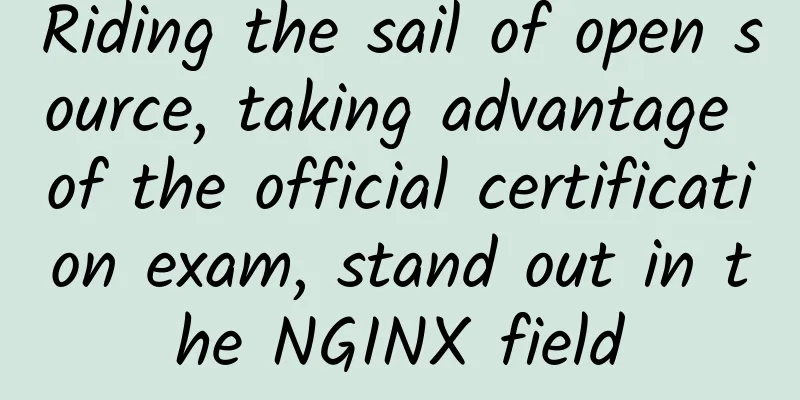How to deal with the nightmare of network outage

|
Reducing network outages is becoming an increasingly critical area of concern for businesses. Today, we live in an era where always-on network availability is required. Even a minute of downtime in a mission-critical application can cost a business a fortune and ruin their brand reputation. A Gartner report back in 2014 stated that “one minute of IT downtime costs $5,600.” Since then, enterprise IT infrastructure has continued to grow more complex, with nearly all businesses relying on critical digital infrastructure. How much downtime a company will spend depends on the severity of the impact on critical systems and how effectively the business can operate without them. Numerous studies have been conducted to estimate the cost of downtime for businesses. According to a 2021 report from Veeam, the estimated average financial impact of a one-hour IT outage is $85,000. Research published by TechChannel suggests that for almost half of businesses, the cost of downtime is more than $1 million per hour, at least during the COVID-19 pandemic. Data compiled by Statista supports the latter claim. With a little planning and strategic investment in uptime-enhancing measures, businesses can protect themselves from these unnecessary costs and, more importantly, retain their valued customers and brand reputation. Three key steps to reduce network outagesThere are three basic steps that, if followed carefully, can help significantly reduce network downtime and minimize the impact when a network outage occurs. 1. Regular server backupThe obvious benefit of backing up your data is minimizing data loss. Backing up your server also allows the data center team to quickly restart it before it damages other critical systems. The 3-2-1 backup rule should always be kept in mind: keep 3 copies of your data; store 2 copies on different/separate storage media; and store 1 copy in a secure offsite location. It’s also good practice to test these regularly to ensure everything goes as planned in a real crisis situation. 2. 24/7 network monitoringNetwork outages most often present early warning signs that can be detected by data center experts, allowing them to initiate an effective response before a full-blown outage occurs. But this requires 24/7 monitoring, which is beyond the scope of traditional network monitoring. There are smart monitoring systems available that can effectively conduct this level of monitoring. 3. Make redundancy your friendNo matter how well prepared you are, a natural disaster or other uncontrollable event that could cause your network to be disrupted should never be left unchecked. Preparing for such an event requires three basic steps:
In summaryEven if all necessary precautions are taken, it may become exhausting for the internal IT team to handle all the required inspections and maintenance. A reasonable approach is to hand over end-to-end management to a professional global data center and network optimization partner, freeing up the enterprise IT team to focus on more strategic work. A trusted professional partner can ensure that every step is perfectly planned and executed. |
>>: By 2027, the global Wi-Fi 6 market will reach $26.2 billion
Recommend
Three ways to sign in with single sign-on, awesome!
[[374892]] This article is reprinted from the WeC...
Experts discuss: How will 5G accelerate after the epidemic?
It was supposed to be a time to get rid of the ol...
What are virtual networks and why they are here to stay
The computer networks we typically imagine involv...
Making cities smarter! Huawei's smart city nervous system demonstrates stronger capabilities from bottom to top
[51CTO.com original article] On the morning of Au...
Sweden bans China from participating in 5G construction? China's 5G technology has no shortage of cooperation
Sweden is a small Nordic country with a populatio...
ThomasHost: $5/month KVM-2GB/50GB/1G port unlimited traffic/6 computer rooms available
I searched and found that the blog shared informa...
Outlook for domestic 5G development in 2021 (Part 3): Opportunities
From the official launch of commercial use in 201...
Justhost launches new low-end VPS with monthly payment of $1.16, 24 data centers available in the United States, Russia, the United Kingdom, Germany, Hong Kong, China, etc.
I received an email from Justhost.ru, saying that...
Serverless Engineering Practice | Getting Started with Knative Applications from Zero Foundation
Introduction to Knative Knative implements its Se...
How to design a distributed ID generator?
Hello everyone, I am Brother Shu. In complex dist...
Four major battles of the Internet of Things broke out in 2018
The concept of the Internet of Things (IoT) has b...
What is the difference between localhost and 127.0.0.1? Do you know?
When front-end developers are debugging locally, ...
How to save records when surfing the Internet? You need to know the relationship between Session and Cookie
Why use Session and Cookie? In a nutshell, becaus...
Chrome downloads are so annoying! Here's how to fix it
Chrome is the most popular web browser in the wor...
5G carbon emissions will triple by 2035, requiring an accelerated transition to 100% renewable energy
On May 28, the Metrology and Testing Center of th...









